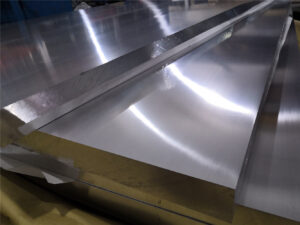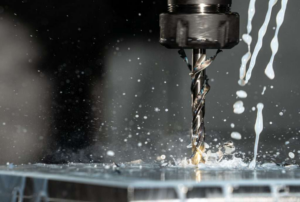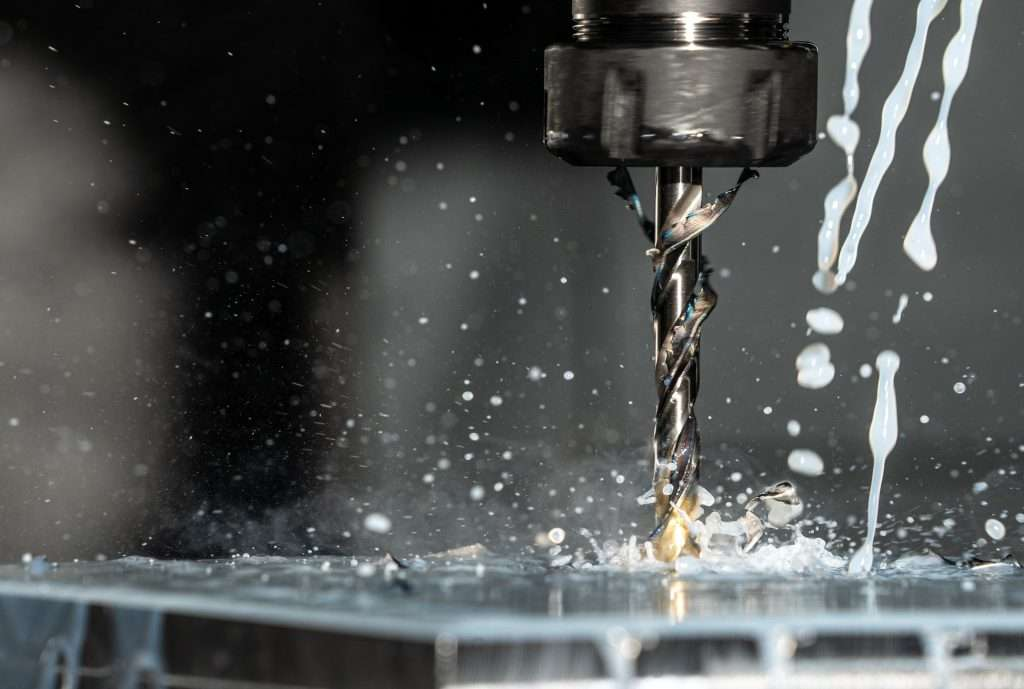TOP Prototype CNC Machining of Metal Materials
CNC machining plays a crucial role in the manufacturing industry, especially when it comes to processing various metal materials.
At TOP Prototype, we understand that different metal materials have their own unique characteristics and require specific machining considerations. Our expertise in CNC machining allows us to handle a wide range of metal materials with precision and efficiency. Whether it’s carbon steel, alloy steel, aluminum alloy, or copper alloy, TOP Prototype has the knowledge and capabilities to meet the diverse needs of our customers.
We take into account the specific characteristics of each metal material and apply the appropriate machining techniques and parameters. This ensures that we can produce high-quality and accurate metal parts that meet the requirements of various applications. At TOP Prototype, we are committed to providing top-notch CNC machining services, leveraging our understanding of different metal materials to deliver exceptional results in the manufacturing industry.
Carbon Steel
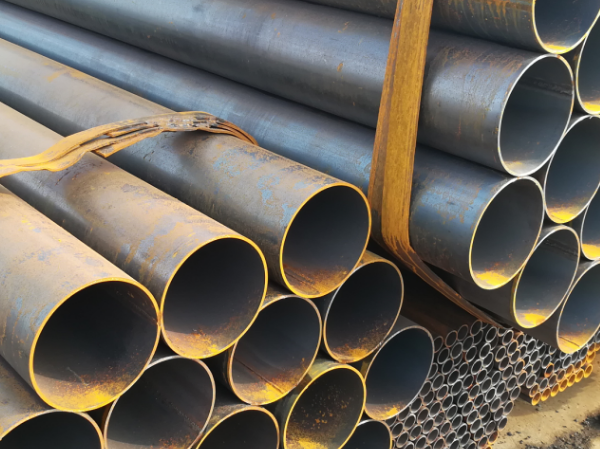
Introduction
Carbon steel is one of the most commonly used metal materials in CNC machining. It is mainly composed of iron and carbon, with small amounts of other elements.
Characteristics
Strength and Hardness:
The strength and hardness of carbon steel can vary depending on its carbon content. Low-carbon steel is relatively soft and ductile, making it easy to form and machine. Medium-carbon steel offers a better combination of strength and toughness, suitable for applications requiring moderate strength, such as shafts and gears. High-carbon steel is very hard and wear-resistant, often used for tools and springs.
Cost-Effective:
It is generally more affordable compared to some alloy steels and other specialty metals, making it a popular choice for many applications where cost is a factor.
Weldability: Most carbon steels have good weldability, allowing for easy fabrication and assembly of components.
Machining Points
Tool Selection: For low-carbon steel, general-purpose carbide tools can be used. For medium and high-carbon steel, tools with higher hardness and wear resistance are preferred, such as coated carbide tools or high-speed steel tools with appropriate heat treatment.
Cutting Parameters:Due to the relatively lower hardness of low-carbon steel, higher cutting speeds can be employed. However, for high-carbon steel, the cutting speed should be reduced to avoid excessive tool wear. The feed rate and depth of cut should also be adjusted according to the specific requirements of the workpiece and the machine’s capabilities.
Heat Treatment: After machining, some high-carbon steel parts may need heat treatment to improve their mechanical properties and relieve internal stresses. This process needs to be carefully controlled to ensure the quality of the parts.
Alloy Steel
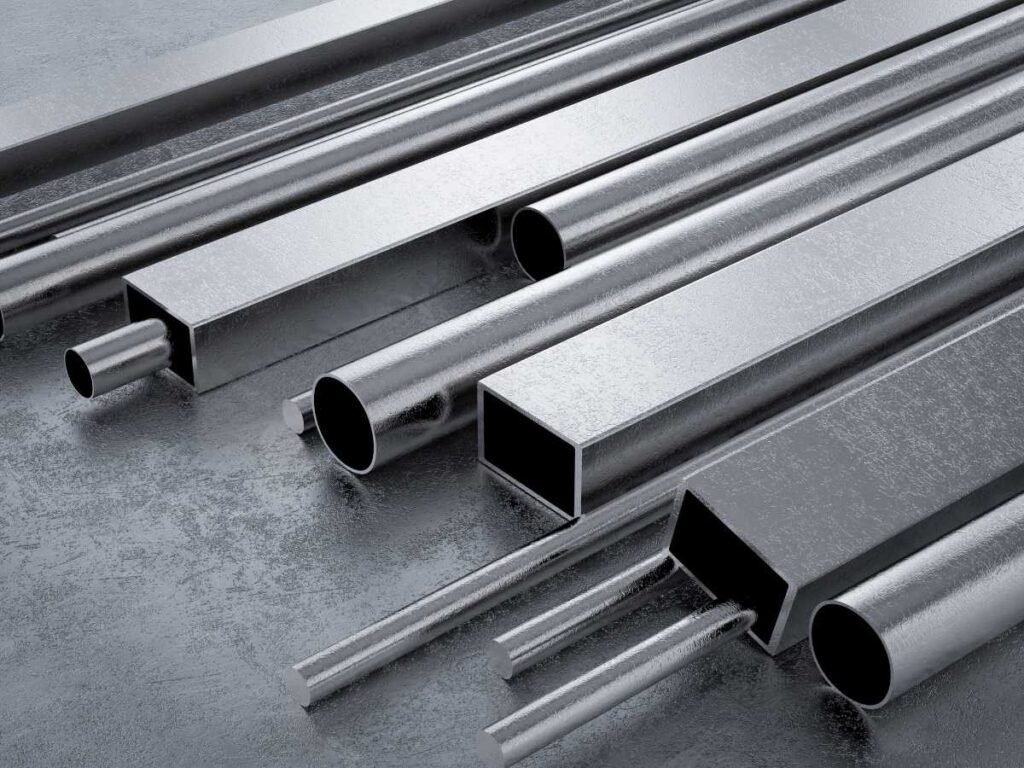
Introduction
Alloy steel is made by adding one or more alloying elements (such as chromium, nickel, molybdenum, vanadium, etc.) to carbon steel to improve its performance.
Characteristics
Enhanced Properties: The addition of alloying elements can significantly improve the strength, toughness, hardness, wear resistance, and corrosion resistance of the steel. For example, stainless steel (a type of alloy steel with chromium and nickel) has excellent corrosion resistance and is widely used in the food, medical, and chemical industries.
High Temperature Resistance: Some alloy steels have good high-temperature performance and can be used in high-temperature environments, such as in the manufacturing of engine parts and turbine blades.
Complex Composition: The different alloying elements and their proportions result in a wide variety of alloy steel grades, each with specific properties and applications, which requires careful selection according to the actual needs.
Machining Points
Tool Material: Because of the higher hardness and strength of alloy steel, cemented carbide tools with good wear resistance and high-temperature resistance are commonly used. For some difficult-to-machine alloy steels, advanced tool materials such as ceramic tools or cubic boron nitride (CBN) tools may be considered.
Cutting Fluid: A suitable cutting fluid is essential to cool the tool and workpiece, reduce friction, and improve machining accuracy and surface quality. For alloy steels with better corrosion resistance, special cutting fluids that do not cause corrosion should be selected.
Machining Process: Due to the complexity of alloy steel materials, it is necessary to optimize the machining process parameters, such as cutting speed, feed rate, and depth of cut, through trial machining and process analysis to ensure efficient and high-quality machining.
Aluminum Alloy
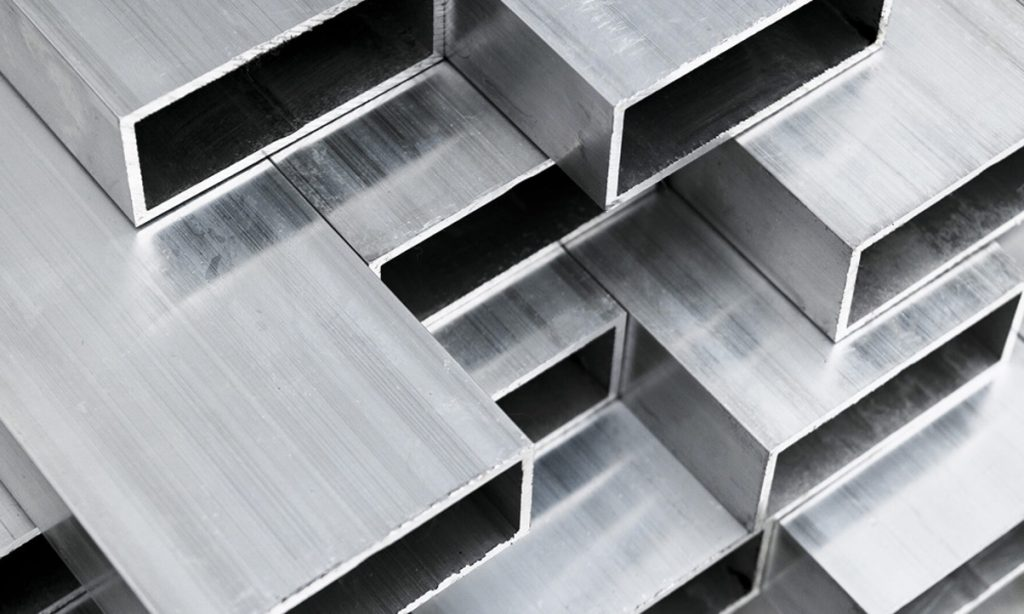
Introduction
Aluminum alloy is a lightweight metal material with good mechanical properties and excellent processing performance. It is widely used in various fields such as aerospace, automotive, and electronics.
Characteristics
Lightweight: The density of aluminum alloy is about one-third that of steel, which can significantly reduce the weight of the product and is beneficial for applications that require lightweight, such as aircraft components and automotive bodies.
Good Conductivity: It has excellent electrical and thermal conductivity, making it suitable for manufacturing electrical enclosures and heat dissipation components.
Corrosion Resistance: Some aluminum alloys have good corrosion resistance, especially those with surface treatment or alloying elements that enhance corrosion resistance. However, in some harsh environments, additional protection measures may be needed.
Easy to Process: Aluminum alloy has good plasticity and can be easily processed by various methods such as extrusion, casting, and machining. It can also be anodized to obtain different colors and improve surface hardness and wear resistance.
Machining Points
Tool Selection: For general aluminum alloy machining, high-speed steel tools or carbide tools with appropriate geometries are commonly used. The tool geometry should be designed to reduce cutting forces and improve chip evacuation. For example, a larger rake angle can help reduce chip adhesion.
Cutting Parameters: High cutting speeds are usually used to take advantage of the good machinability of aluminum alloys. However, too high a speed may cause the tool to overheat. Therefore, a proper balance needs to be struck. The feed rate and depth of cut should be adjusted according to the workpiece geometry and machining accuracy requirements.
Chip Control: Aluminum alloy chips are usually long and curly, which can easily wrap around the tool and affect machining. Therefore, effective chip removal measures, such as using a chip breaker or high-pressure coolant, are necessary to ensure smooth machining.
Copper Alloy
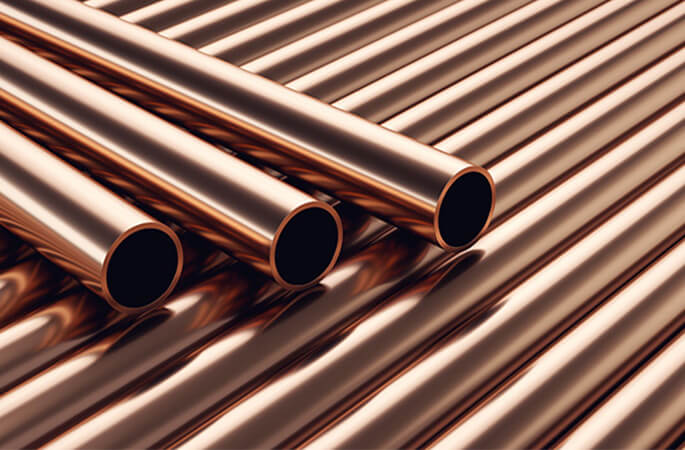
Introduction
Copper alloy is a metal material with good conductivity, thermal conductivity, and corrosion resistance, mainly including brass (copper-zinc alloy) and bronze (copper-tin alloy and other copper-based alloys).
Characteristics
Excellent Conductivity: Copper has the highest electrical conductivity among common metals, and copper alloys also maintain relatively good conductivity. This makes them widely used in the electrical and electronics industries for manufacturing wires, connectors, and circuit boards.
Good Corrosion Resistance: Copper alloys have good resistance to atmospheric corrosion and certain chemical media corrosion, which can ensure the long-term stability of the product in different environments.
Machinability: Different copper alloys have different machinability. Brass is relatively easy to machine, while some bronzes with higher tin content may be slightly more difficult to process due to their higher hardness.
Aesthetic Appearance: Copper alloys have a unique color and luster, which can give products a good aesthetic appearance. They are often used in decorative parts and handicrafts.
Machining Points
Tool Wear: Copper alloys are relatively soft and sticky, which can cause tool wear easily. Therefore, tools with good wear resistance and sharp cutting edges should be selected. Regular tool inspection and replacement are also necessary to ensure machining accuracy.
Cutting Fluid: A suitable cutting fluid is important to reduce friction, prevent chip adhesion, and cool the tool and workpiece. For copper alloys, cutting fluids with good lubricating properties are usually preferred.
Processing Parameters: Moderate cutting speeds and feed rates are generally used. Too high a speed may lead to overheating and affect the surface quality of the workpiece. The depth of cut should be determined according to the specific requirements of the part geometry and machining accuracy.
In conclusion, understanding the characteristics and machining points of different metal materials is crucial for achieving high-quality and efficient CNC machining. By selecting the appropriate tools, cutting parameters, and machining processes, manufacturers like TOP Prototype can produce high-precision metal parts that meet the requirements of various applications.

